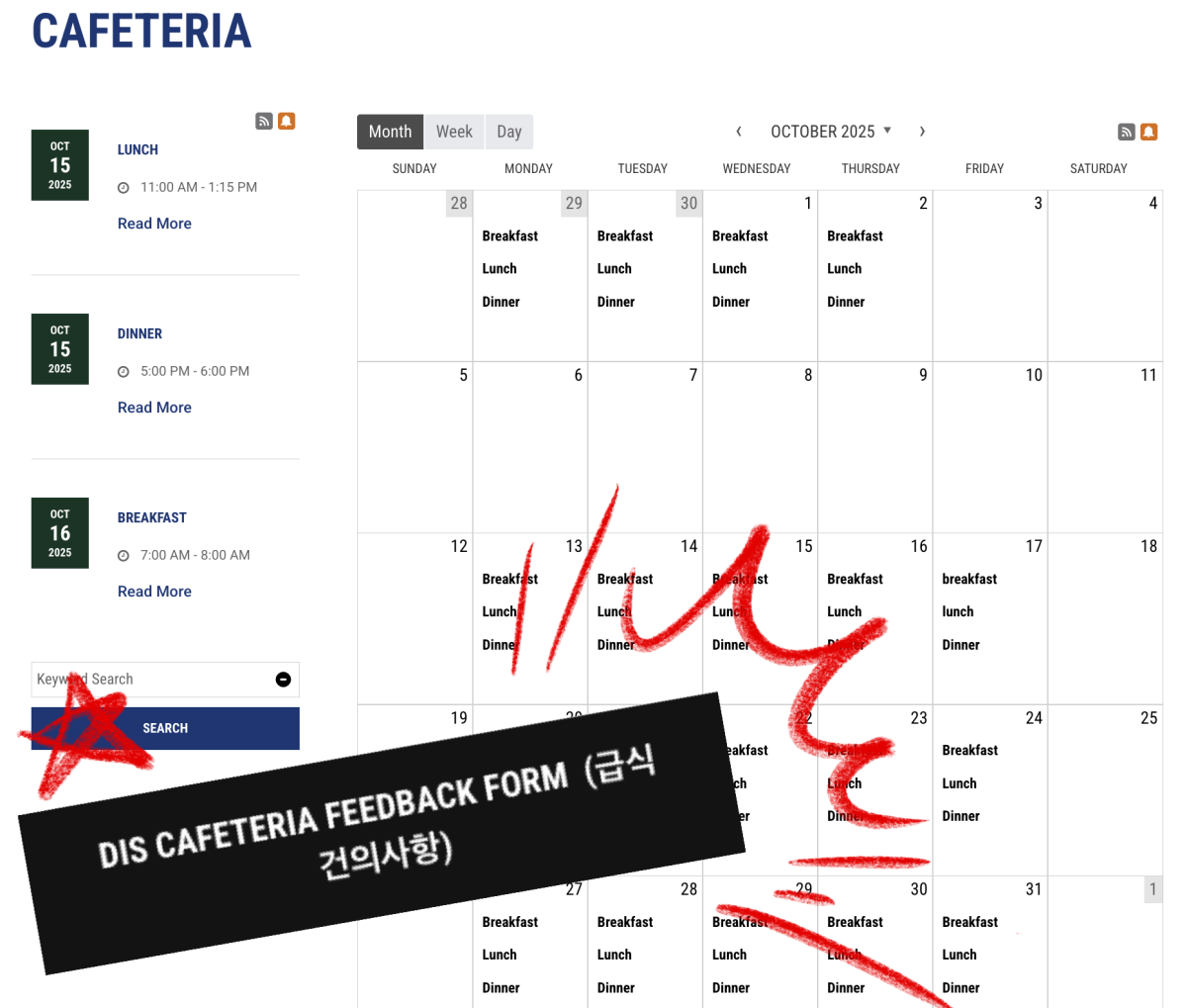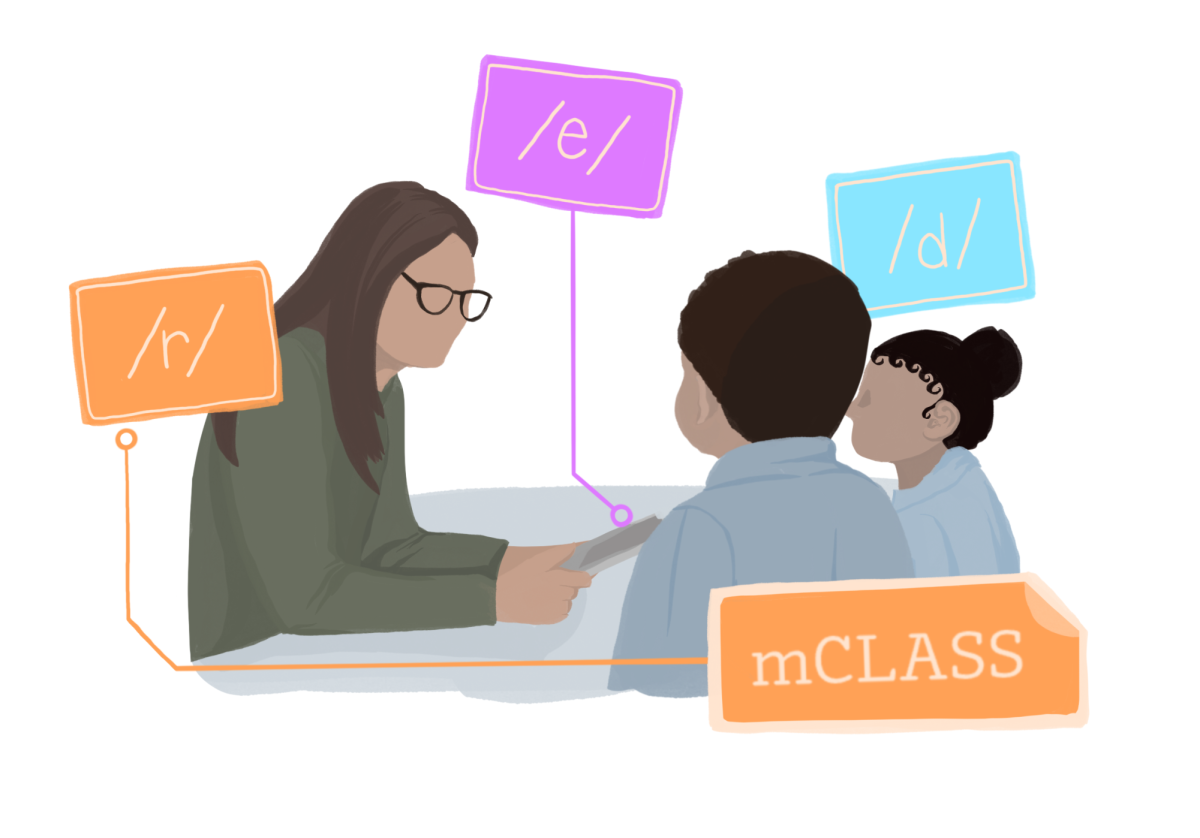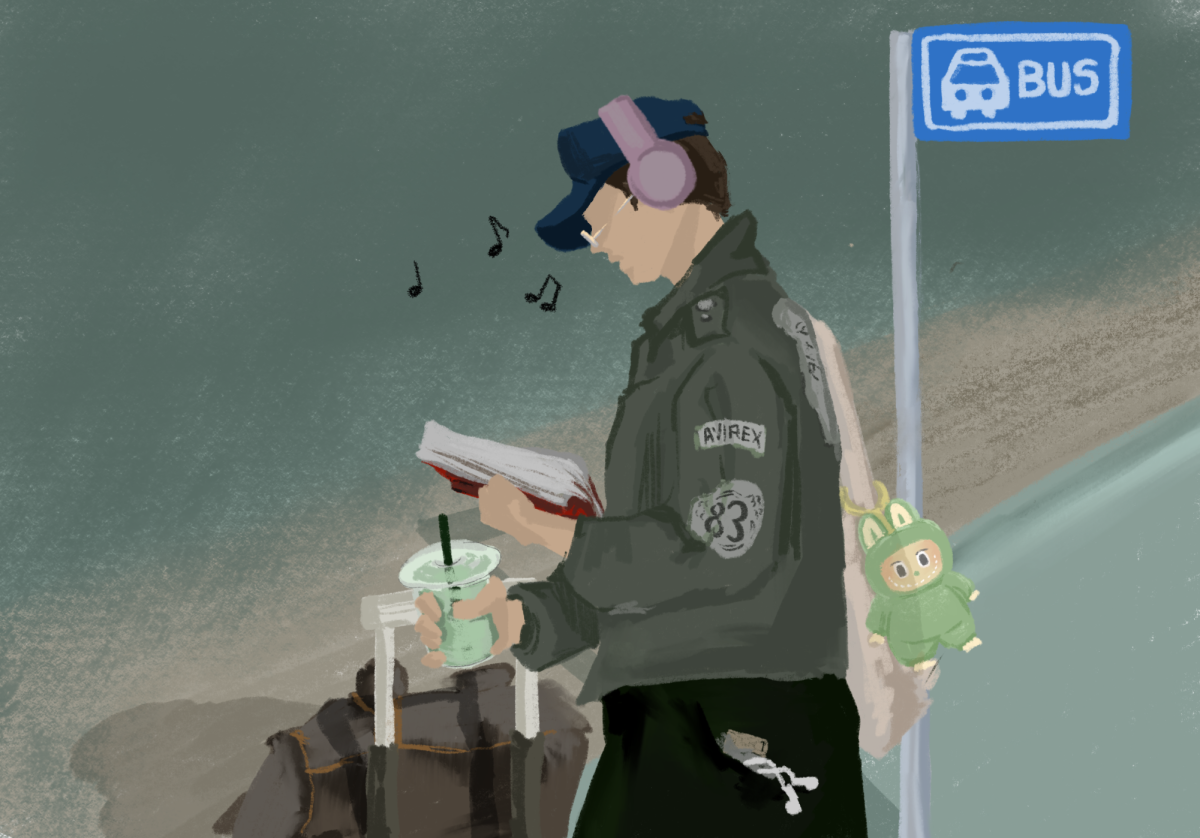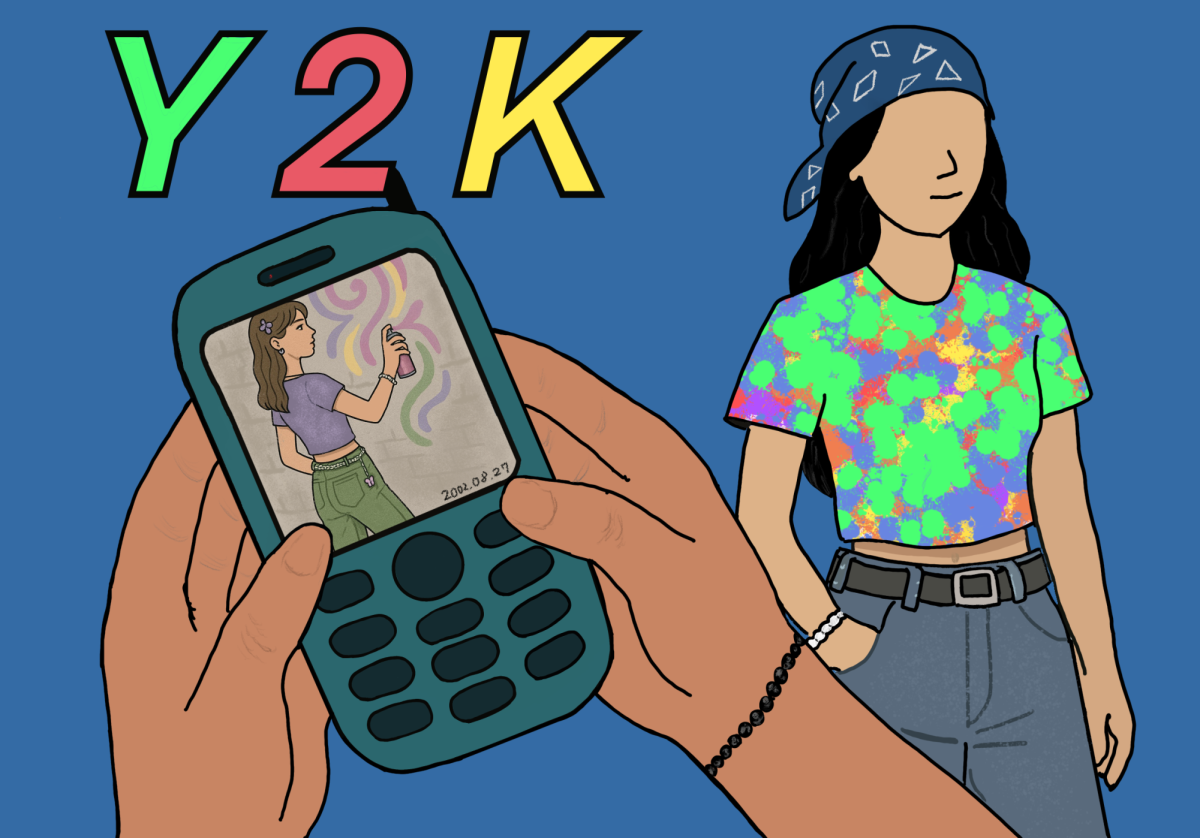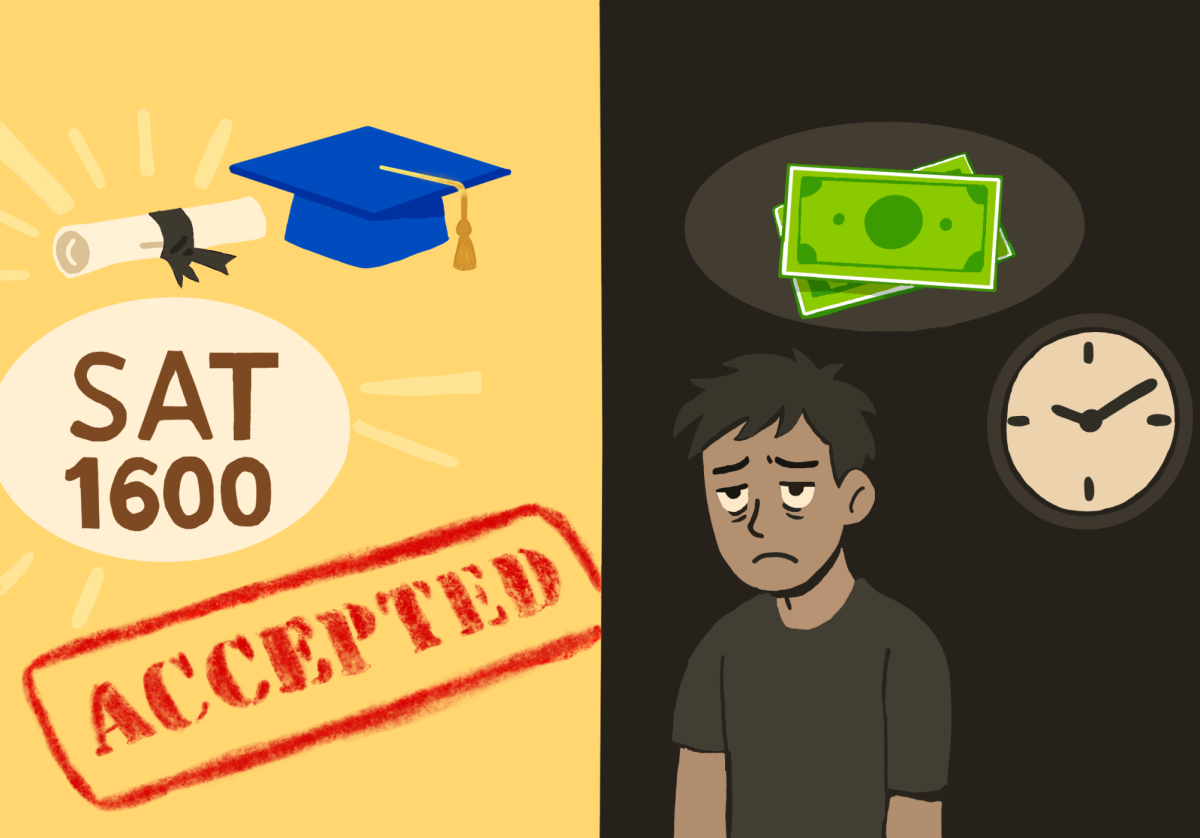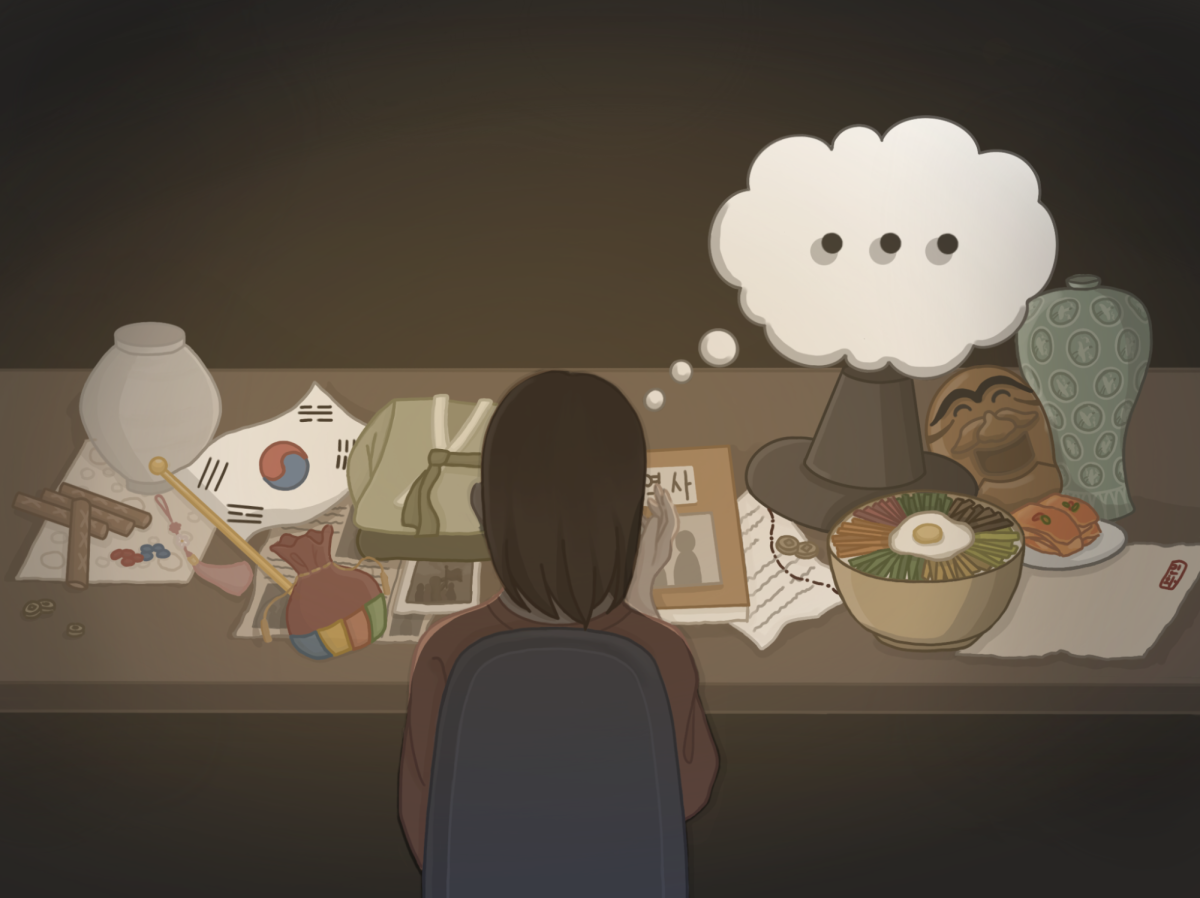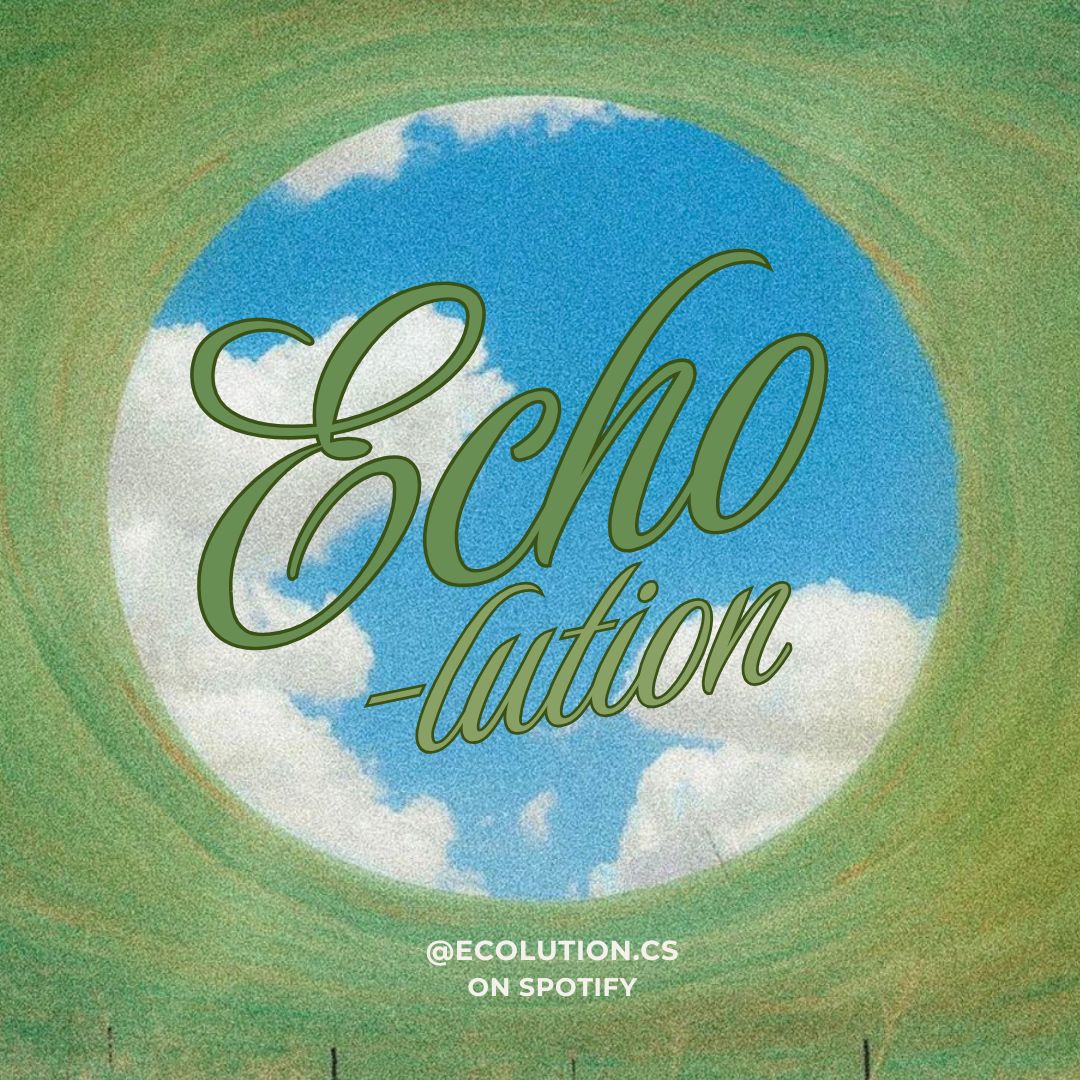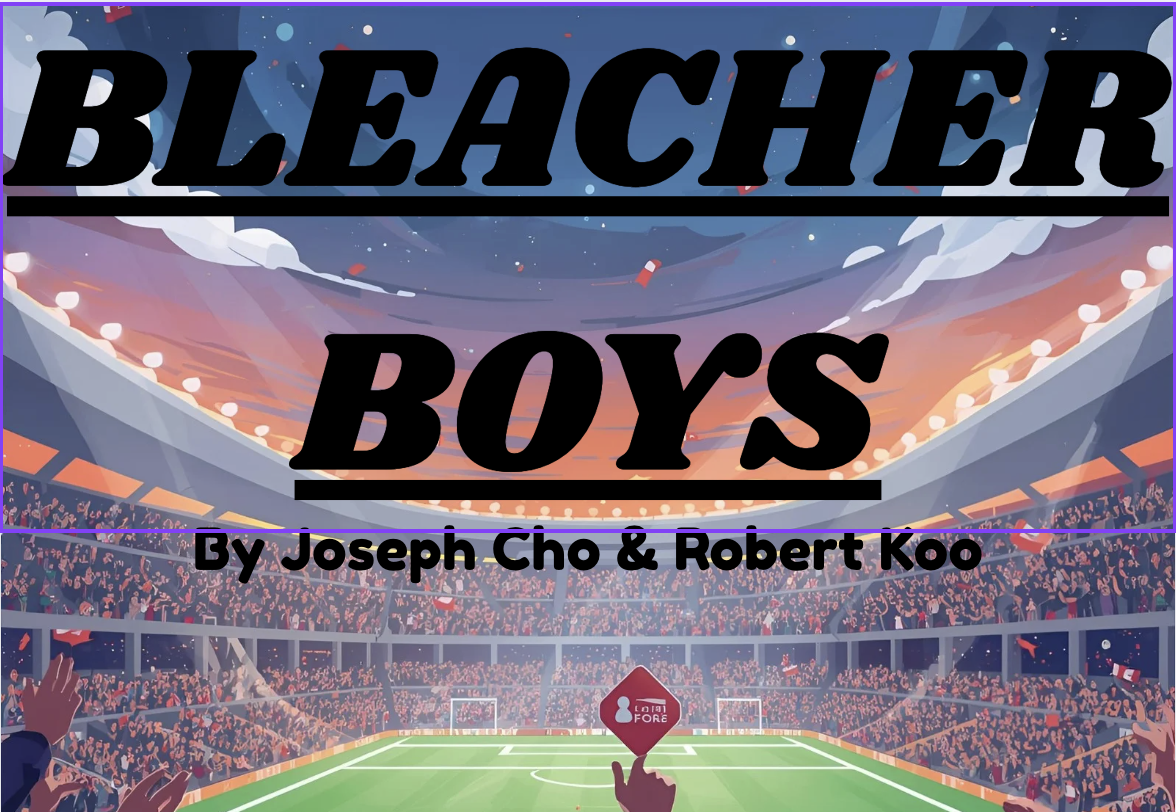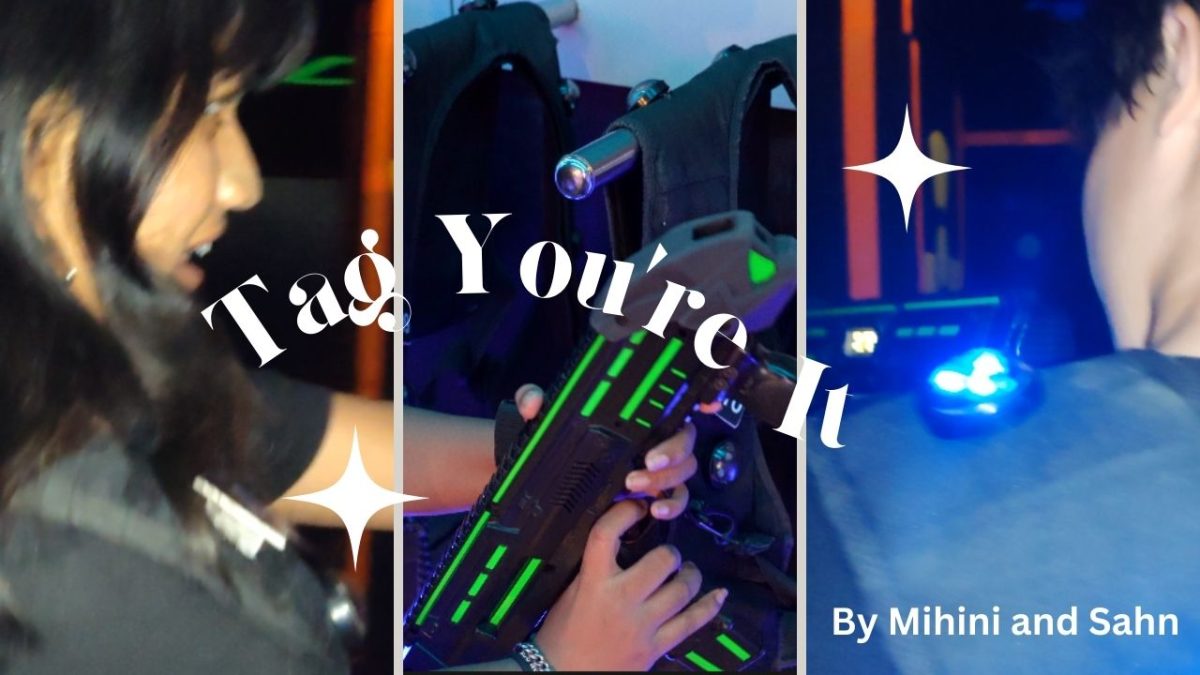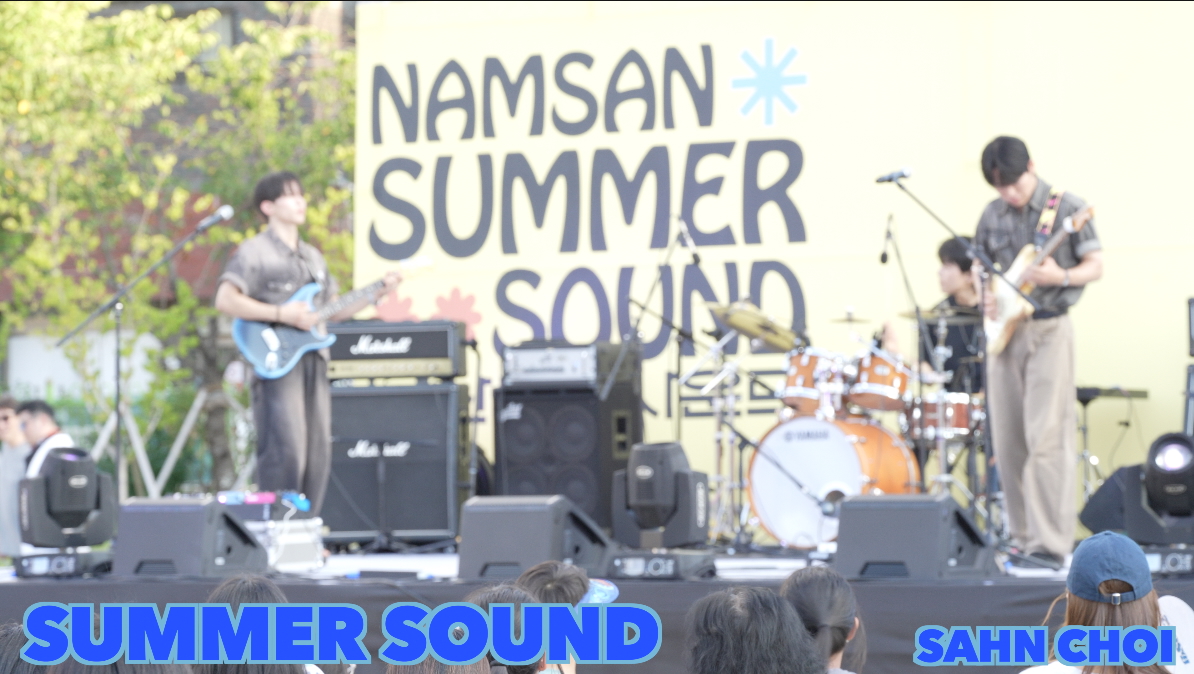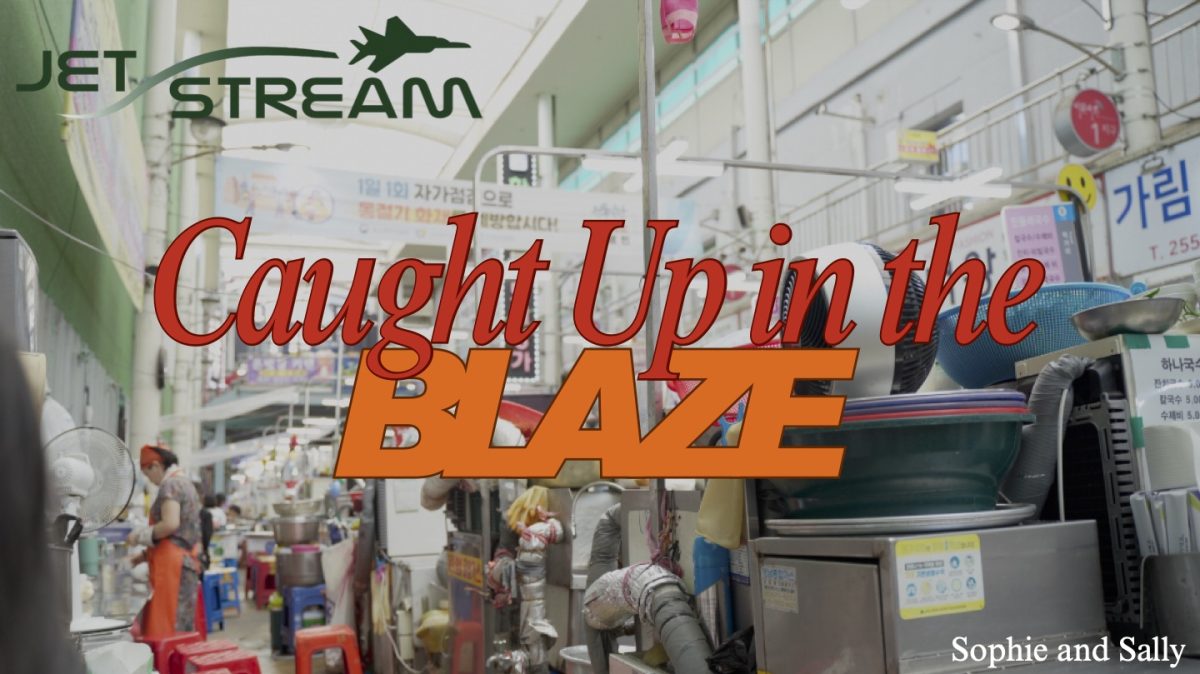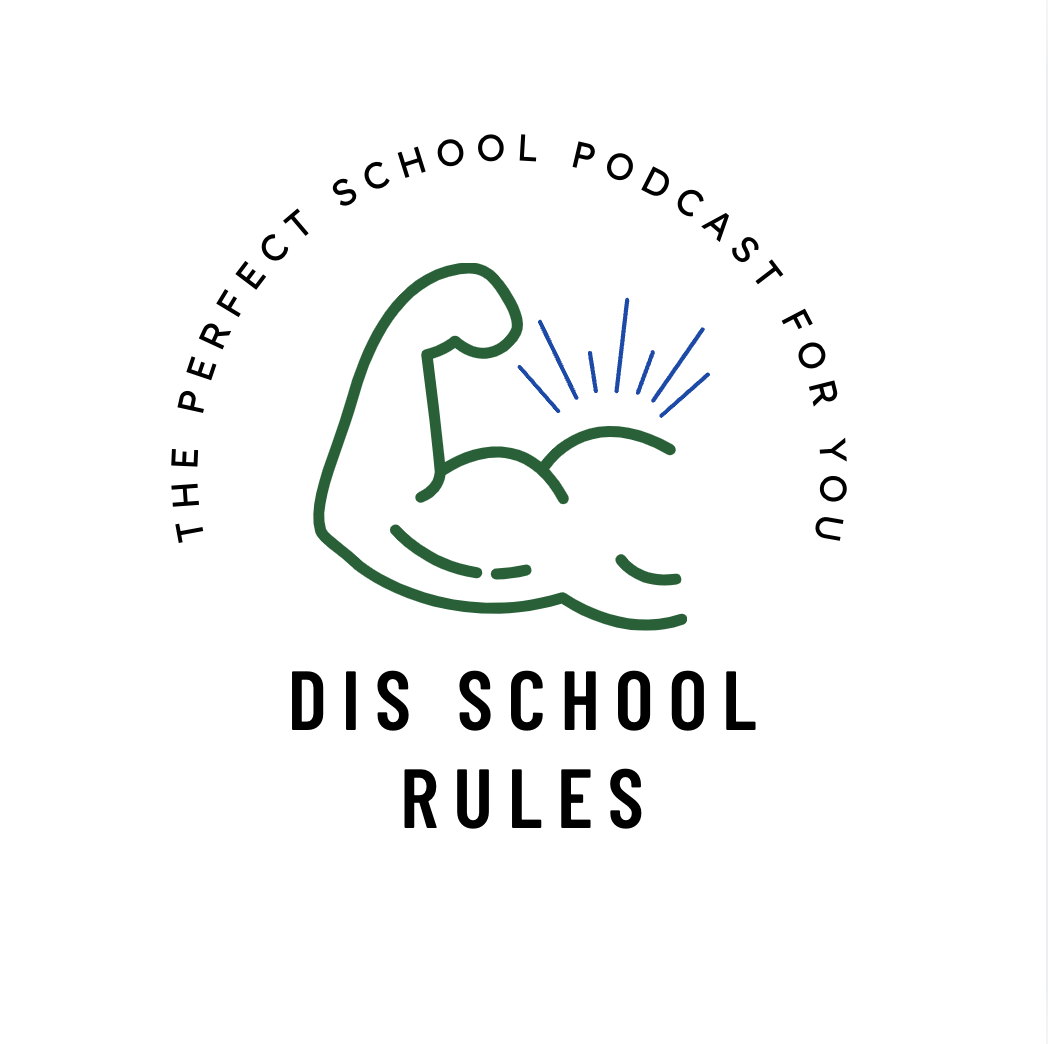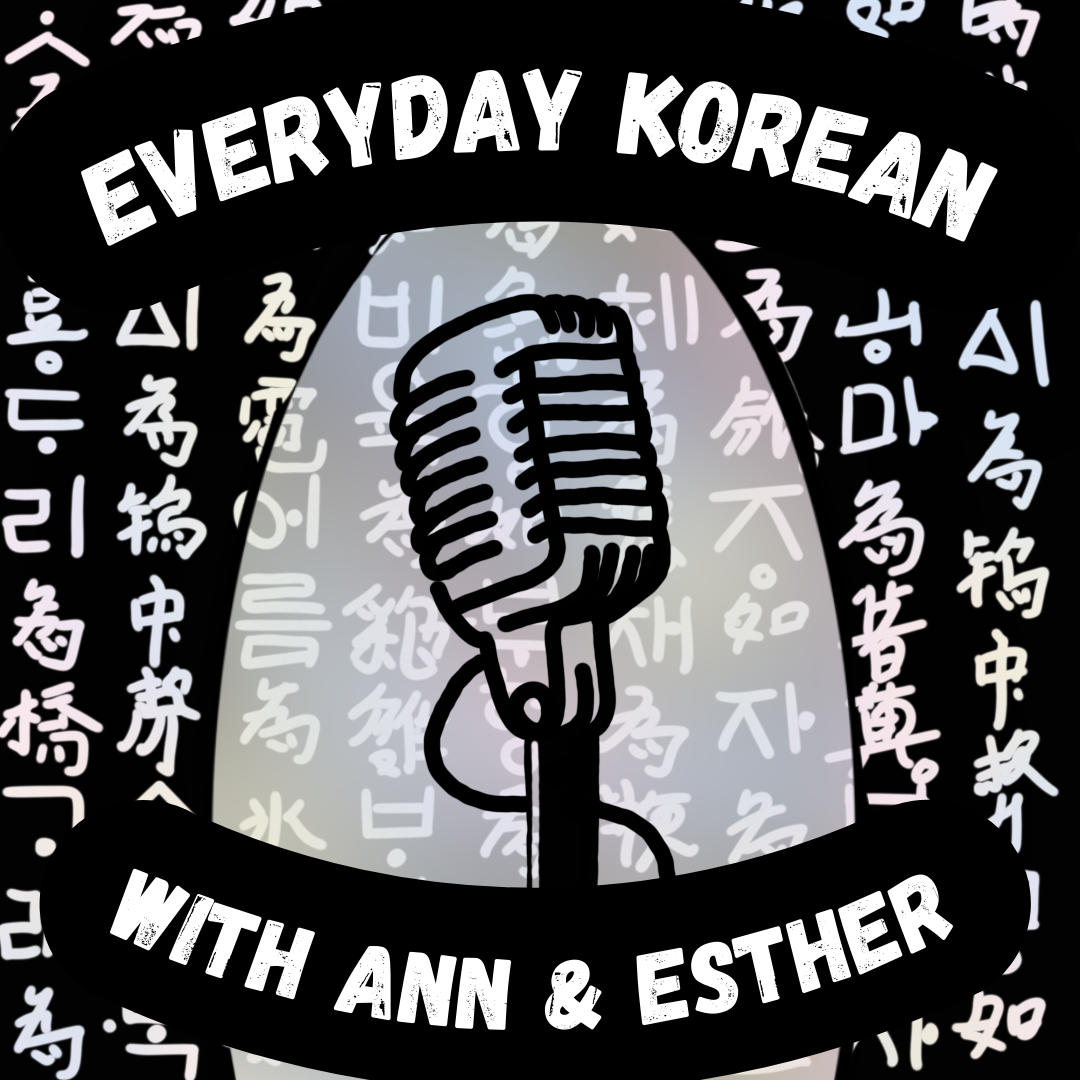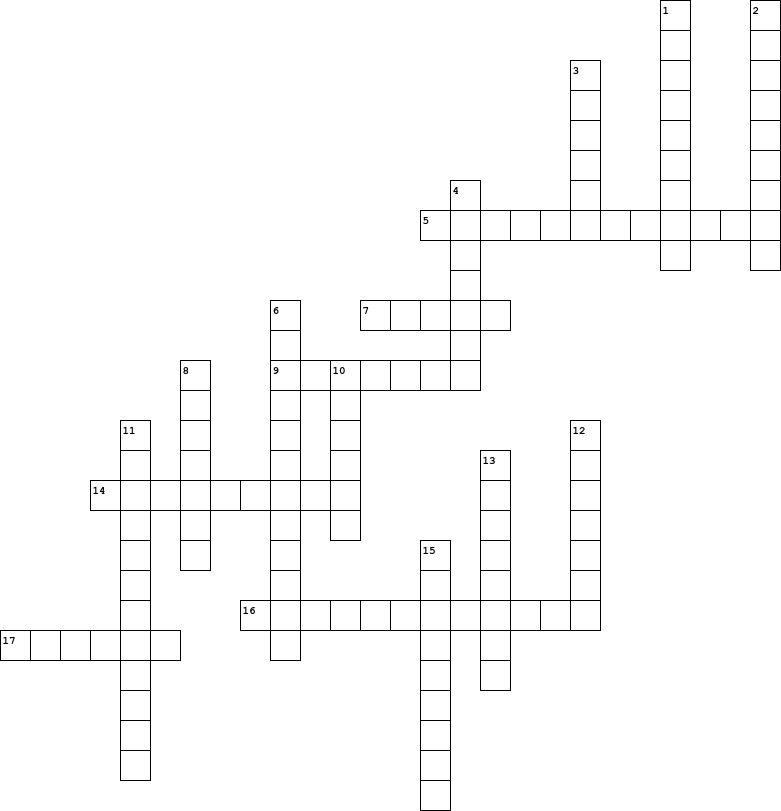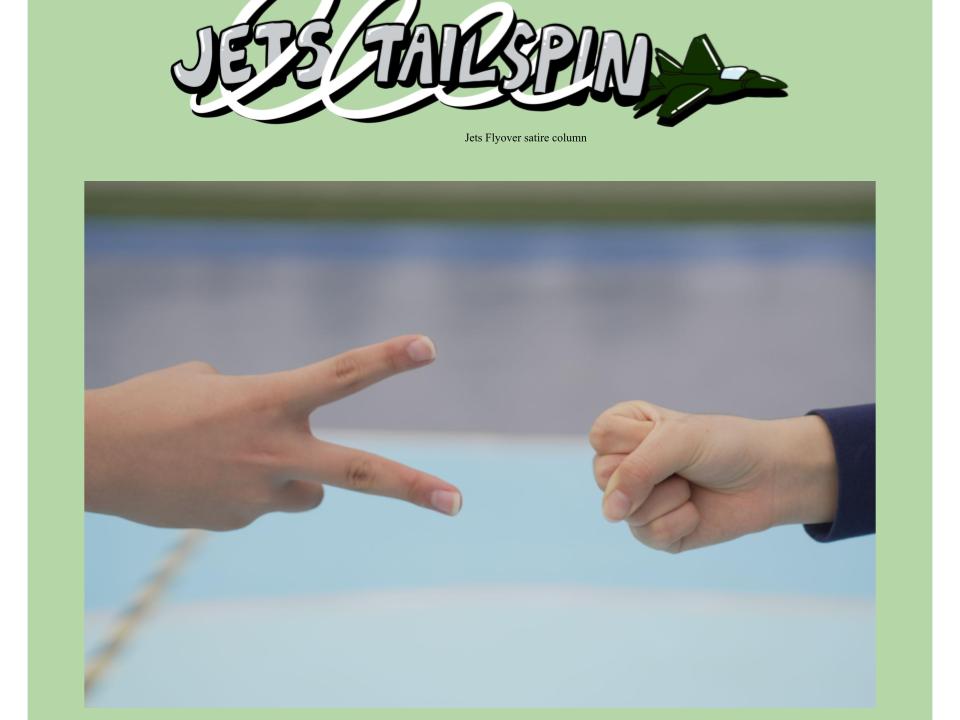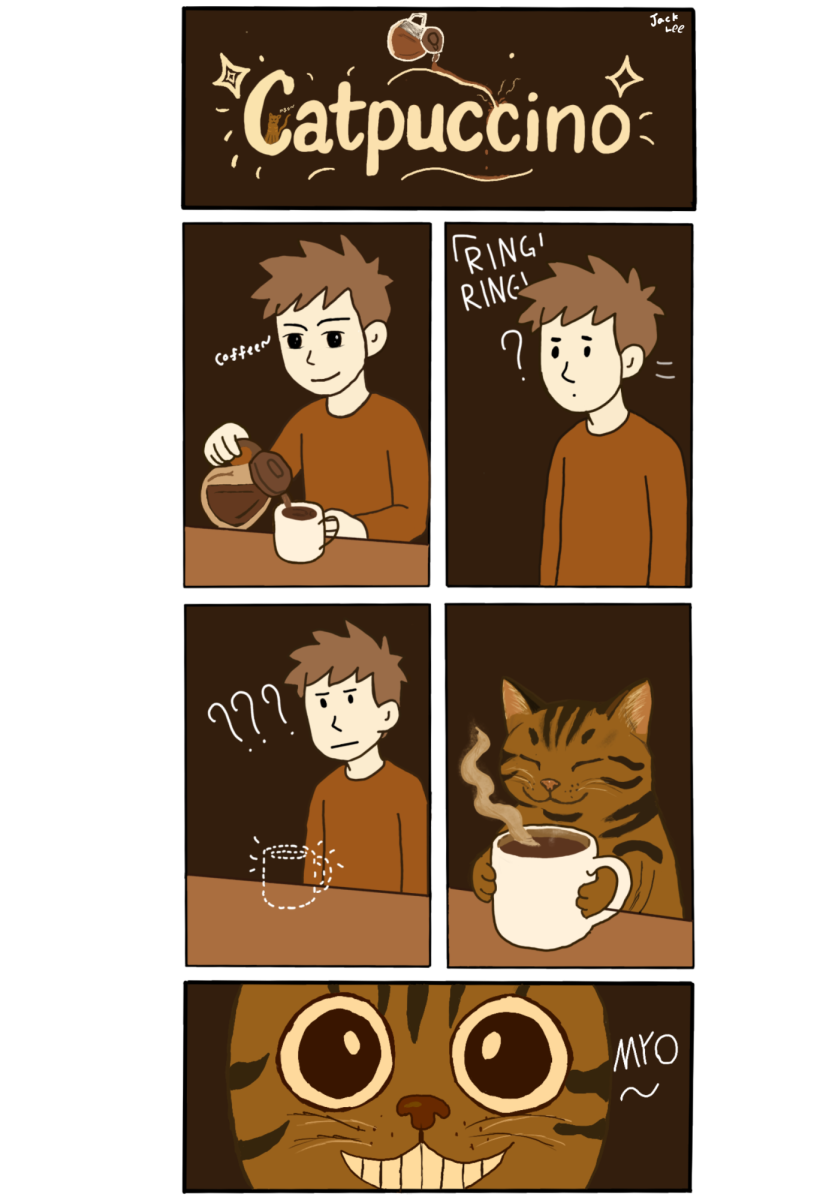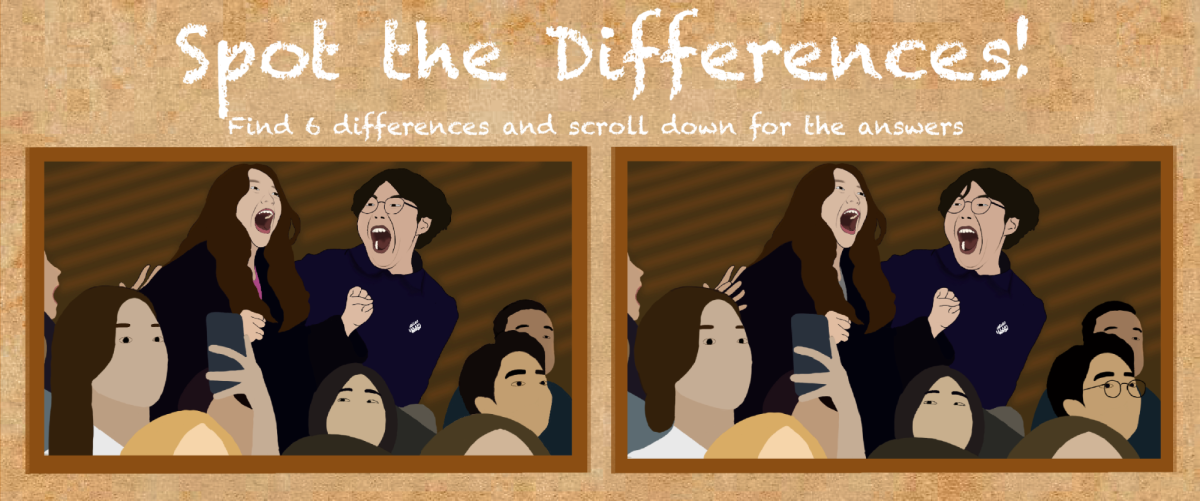Hailey Bieber introduces her 700-page “Portable Nietzsche” along with her blank leather notebook. Images of Jacob Elordi strutting– with feminist literature in his backpocket, a tote bag, and a matcha in hand—dominate your feed. The internet dubbed this kind of purposefully-visible reading as performative, and the concept still generates lots of discourse to this day. Some claim that people read purposefully for the public eye. Some people claim that any reading at all is good. Which begs the question: Is performative reading all that bad? Well, it’s complicated.
Age of performance: Intelligence is magnetic
By definition, performative reading refers to “a mode of reading that is less about absorption, reflection, or interior transformation and more about display, signaling, and audience awareness.”
In recent years, the percentage of readers hit an all-time low—reading for pleasure declined to 40% since 2003, gradually decreasing 3% each year. Ironically, we still see a steady rise in performative reading, phone addiction, and print books sales.
Doomscrolling makes it difficult to find contentment with non-visual content. In particular, bizarre content like “skibidi toilet”, “Italian brain rot”, “mewing”, and peculiar language that references the comedic act of “cooking” transforms the way we communicate online. In fact, the term “brain rot” was selected as Oxford Word of the Year in 2024.
It’s far easier to scroll through dopamine-boosting reels than flip through the black-and-white pages of a book. This depreciation of patience increased unhealthy demands for speed, causing many, especially postmillennials, to wrestle with the need for immediate gratification.
While slow media like books feel diametrically opposed to the brain rot content that governs our feed today, Gen Z hates this mindless consumption and instead applauds those sensible enough to engage in intellectual discourse.
This backlash from digital fatigue resulted in a renewed interest in analog and tangible media. Sung-ah Cho, director of Daegu Civic Humanities Research Center said, “Since people are mentally drained from content overstimulation, we now see a growing number of people seeking valuable substances rather than those that offer momentary pleasure.”
This results in performative reading. While it may appear to offer valuable and authentic self-expression, it often functions as a disingenuous intellectual discourse that risks reducing the self to a marketable identity through obvious visibility. Perpetual pressure looms to present a curated version of oneself online with full self control. “You can actually create that [digital] persona and those people can view [you] in a way that you can control, and that’s really what makes social media so addictive,” sophomore Minji Kim said.
In an age where attention serves as currency, is it truly right to carry around “Infinite Jest” just to prove one’s worth? Even if you don’t make it through all 1,079 pages?

Reading becomes “hip”: Rarity morphs into virality
The appearance of performative reading cultivates a twisted public consciousness, where the audience is perfectly aware of the performance yet fails to dismiss the visual qualities it presents. The supposed aesthetic and “chic” look awakens a longing for the picturesque. This long-form content becomes a marker of identity, an indicator of intelligence, and a seductive accessory– ultimately losing its transformative manner.
“The desire to display one’s trendiness and intellectual abilities by posting or sharing the act of enjoying something refined on social media further spreads the ‘text hip’ culture,” Sung-ah Cho said.
In defense of pretension, performative reading could potentially do more good than harm. In 2023, “Text hip” emerged as a cultural trend in Korea, with the combination of the word “text” and “hip” arising from Gen Z’s recent affectionate craze towards print media. The “Text hip” culture normalized posting literary quotes, book selfies, and summer book lists across social media platforms.
Despite its inevitable phony nature, the Korean Ministry of Culture praised the phenomenon as an attempt to resurrect lost reading habits. In fact, Gen Z readers now turn to Booktok not simply for book recommendations, but for a sense of belonging. The summaries and analyses of nuanced content are widespread in this community, assuring one’s intellectual capabilities.
Moreover, long exposure to BookTok has shown encouraging numbers in terms of reading: 49% of Tiktok users read more books with the use of BookTok. “On behalf of the reader, you have to be willing to sit down, like, at least try,” said Ms. Loutsch, a secondary English teacher.
The ubiquity of possessing an online presence places high moral value in savoring print media. People now associate “well-read” with images of “hot”, “aspirational” individuals; reading symbolizes unattainable intellectualism. The luxury to pursue digital detachment becomes a rarity and a status symbol. The timeless beauty of being a reader, therefore, overshadows the overall reading experience.
People want to present curated images on social media. Reading helps to round that image, adding a spoonful of intellectualism to hotness. This only becomes a problem when people are not actually reading. If reading rates are declining at a rate of 3% each year, how has reading become so trendy? “Sometimes I spend longer trying to take the image [of the book] than I spend with the chapter,” said Ms. Nagy, a middle school English teacher.
Even with enclaves like Booktok, it’s only natural that suspicions arise when you entcounter photos of book covers on your feed. It takes 0.2 seconds to snap a photo of “Odysseus.” That very book takes two weeks to read, only if you’re really disciplined.
Can we really attest that everyone taking shelfies reads every book on their bookshelves? Are we obsessed with the image of me, the well-read, well-educated self that we present on Instagram?
Culture transitions into a progressive lifestyle
In this age of performance, visibility and display colors one’s identity—making it nearly impossible to sever performance from simply being. Reading today meets at the intersection of curated and quiet life. But in the means of picking up a book, and to better the reading habits of the population, performative reading deserves recognition, to some extent.
Reading, at least, must be done with deep interiority and introspection. A strawberry matcha and a book selfie may accompany the literary zeitgeist, but dissipates the intimate act. Instant validation won’t outlast the rewards of personal growth achieved after true time spent with a page turner. “Perhaps slowness is the very virtue we need to reclaim from these hurried times,” Cho said.



